Have you ever been in a workshop or a team session where…
you ask a question,
you smile at the group,
and then…
silence. 😶
No one makes eye contact.
People look down at their notes or phones.
Even the enthusiastic ones just… stay quiet.
It can feel awkward, right?
If you’re a trainer, coach, manager or educator—you’ve definitely been there.
But here’s the good news:
There’s a way to get people—even the shyest ones—to open up.
And it’s not about asking better questions.
It’s not about calling them out by name.
It’s about using visual prompts to lower the pressure and make it fun.
Let me show you how it works. 👇
🌈 Why People Don’t Speak Up
Let’s start with a quick reality check.
People don’t stay silent because they’re lazy.
There are usually 3 reasons why they hold back:
Fear of being wrong
→ “What if my idea isn’t smart enough?”
Fear of judgment
→ “I don’t want to sound weird.”
Not enough warm-up time
→ “I need time to think before I talk.”
So, when we throw a question like “How does your team collaborate?”
…some people freeze.
They need an entry point that’s safer and more playful.
And that’s where drawing comes in.
✏️ Visual Prompts Create Safe Spaces
Instead of asking people to speak, ask them to sketch something symbolic.
Here’s one I love:
"If your team was a mode of transport, what would it be?"
You’ll see magic happen.
One participant draws a rollercoaster:
“Because our team has extreme ups and downs.”
Another draws a rickshaw:
“I’m the one pulling, and everyone else is just sitting!”
These sketches are fun.
They feel personal but not exposing.
And most importantly—they get people talking.
🔄 Step-by-Step: The Visual Warm-Up Process
Here’s the exact 4-step method I use to ease participants into speaking:
✅ Step 1: Start with a Visual Prompt
Give them something unexpected and symbolic to draw.
Examples:
Your workday as a weather pattern
Your project as a type of food
Your energy level as a battery
The goal is not art—it's expression.
✅ Step 2: Sketch Quietly (No Talking Yet)
Give everyone 2–3 minutes to draw on their own.
Let them doodle freely without pressure.
Use simple sketching tools—sticky notes, markers, index cards.
This quiet time helps them gather thoughts without the spotlight.
✅ Step 3: Share in Pairs or Small Groups
Now ask them to explain their sketch to just one or two others.
Talking in small groups feels safer than speaking to the whole room.
You’ll start hearing:
“Mine’s a pizza delivery bike because we’re always in a rush!”
“Mine’s a snail… we’re slow but steady.”
This step builds connection without pressure.
✅ Step 4: Invite Reflections and Connections
Once people are warmed up, open the room for reflection.
Ask:
“What patterns are we noticing?”
“How do these sketches reflect our team culture?”
“What’s surprising about these visuals?”
You’ll find that the real conversation now begins—because the ice is broken.
😮 Why This Works So Well
Let’s break it down:
1. It removes the pressure of “saying the right thing.”
Drawing feels playful. There’s no “right answer.”
2. It engages different types of learners.
Some people think visually, not verbally.
Sketching includes them in the process.
3. It helps people project their thoughts.
It’s easier to talk about a drawing than about yourself.
That slight distance gives people courage to speak.
💡 Real-Life Example: Team Check-In
In a recent session, I worked with a product team.
They were struggling with communication and deadlines.
I didn’t start with, “What’s going wrong?”
I started with:
“Draw your team as a type of boat. Are you a speedboat, a raft, a cruise ship?”
Here’s what came out:
One person drew a sailboat with no wind:
“We’re waiting for direction.”
Another drew a pirate ship:
“We fight a lot, but we get things done together!”
Suddenly, we had stories.
And from those stories came insights.
▶️ Check out this Reel on my Instagram in Which I have explained the entire process
🤝 For Trainers, Coaches & Managers
If you run group sessions, this visual warm-up trick is pure gold.
You can use it in:
Team meetings
Online workshops
1-on-1 coaching
Onboarding sessions
Training icebreakers
Just remember:
The key isn’t in the drawing—it’s in the invitation.
You’re not asking them to “talk.”
You’re asking them to show something in a low-stakes, creative way.
🧠 Extra Tips to Make It Work
Use metaphors from everyday life
Things like food, vehicles, weather, furniture—they’re relatable and fun.
Keep your drawing simple too
When you demo, use stick figures and funny doodles. Set the tone.
Give permission to be silly
“This isn’t about being an artist. It’s about having a laugh and starting a conversation.”
Collect the drawings on a wall or digital board
This turns them into a shared visual story.
🖍️ A Final Thought
Visual facilitation isn’t about making things pretty.
It’s about unlocking people.
It’s about inviting creativity, safety, and surprise into your space.
And sometimes… it’s as simple as handing someone a pen instead of a mic.
So next time your group goes quiet—don’t panic.
Don’t pressure.
Just say:
“Let’s draw something first.” 😊
You might be amazed at who speaks up next.
✍️ Have you tried visual prompts in your sessions?
What worked for you? Share your favorite idea in the comments below!




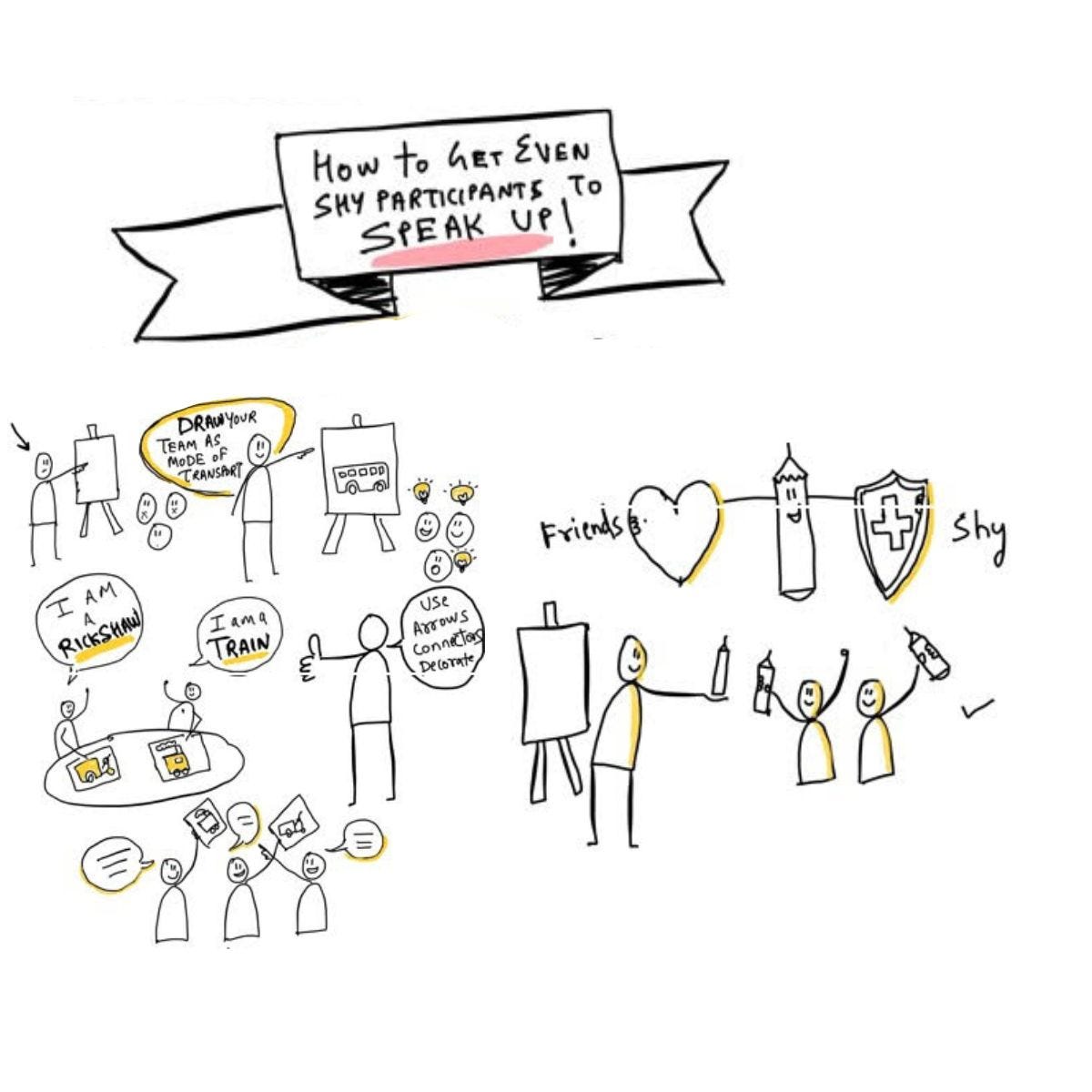
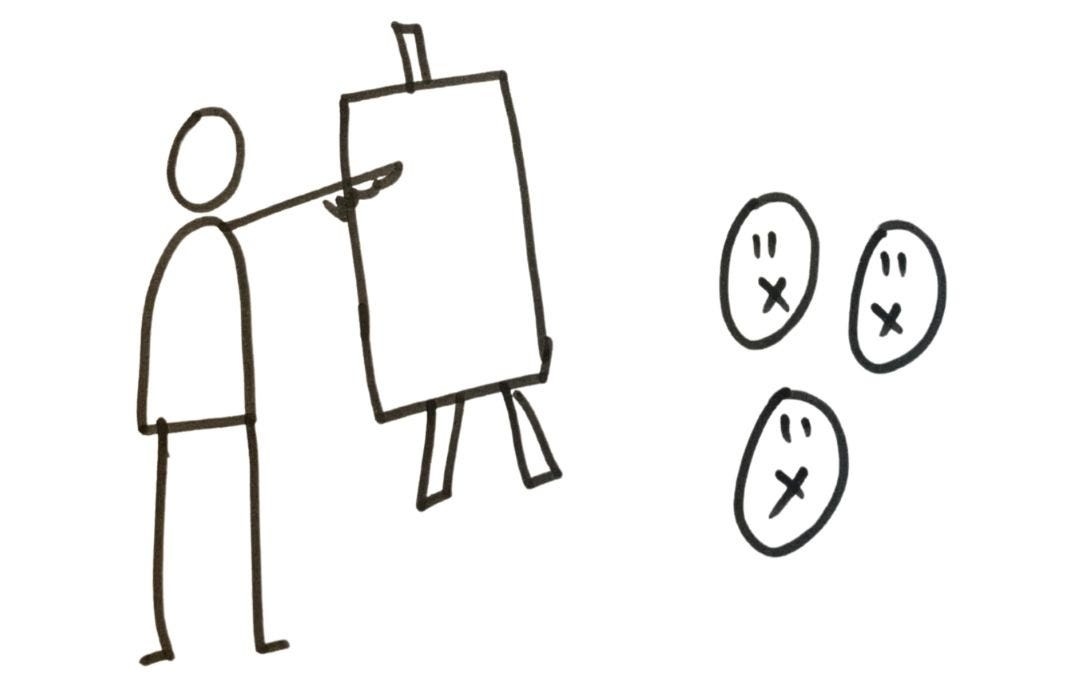
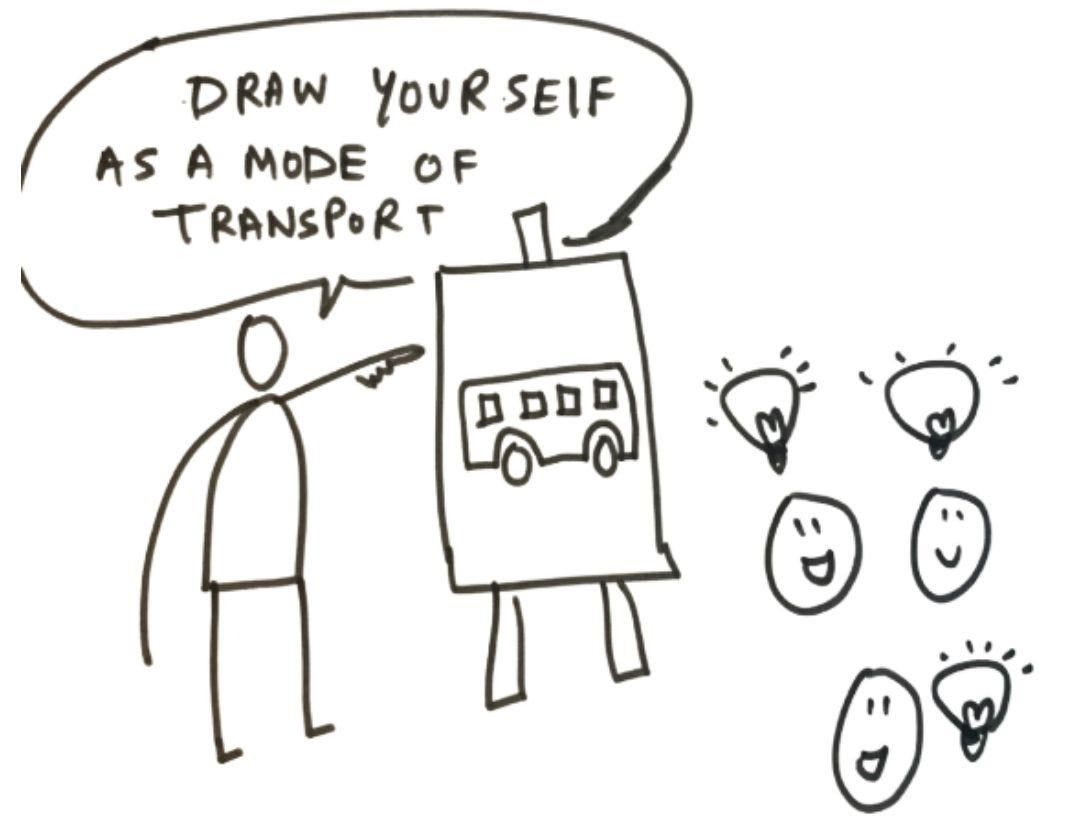

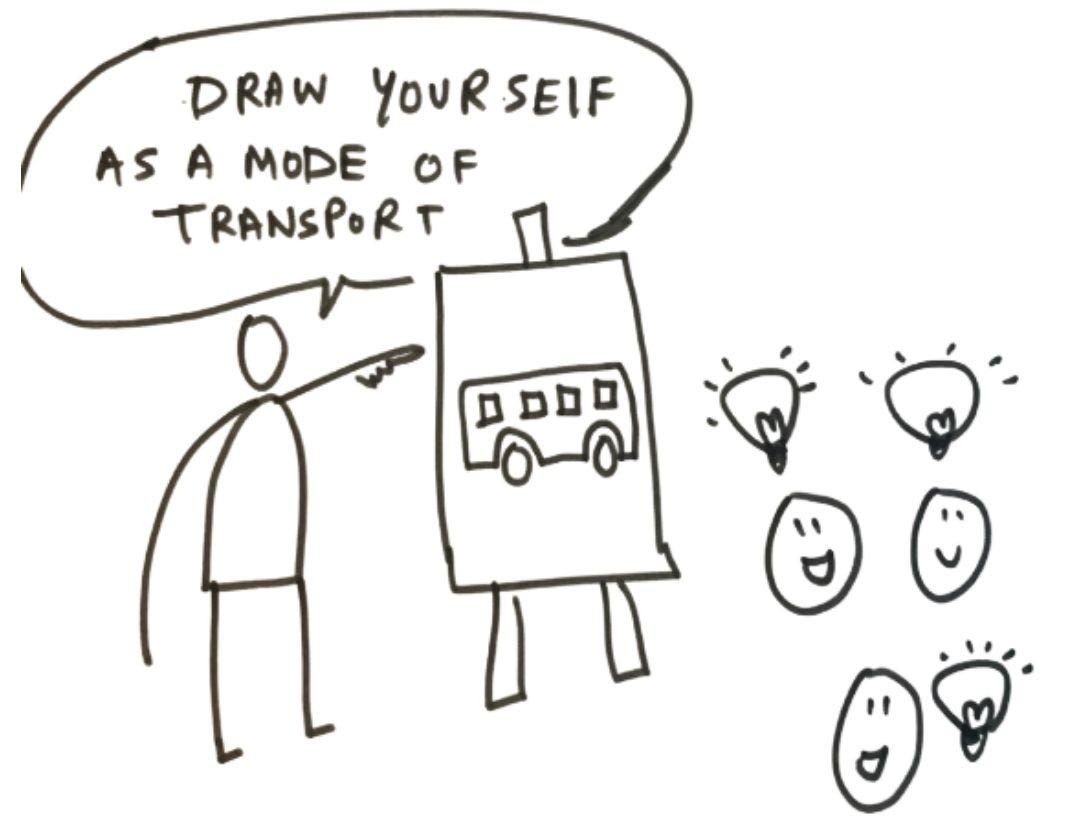
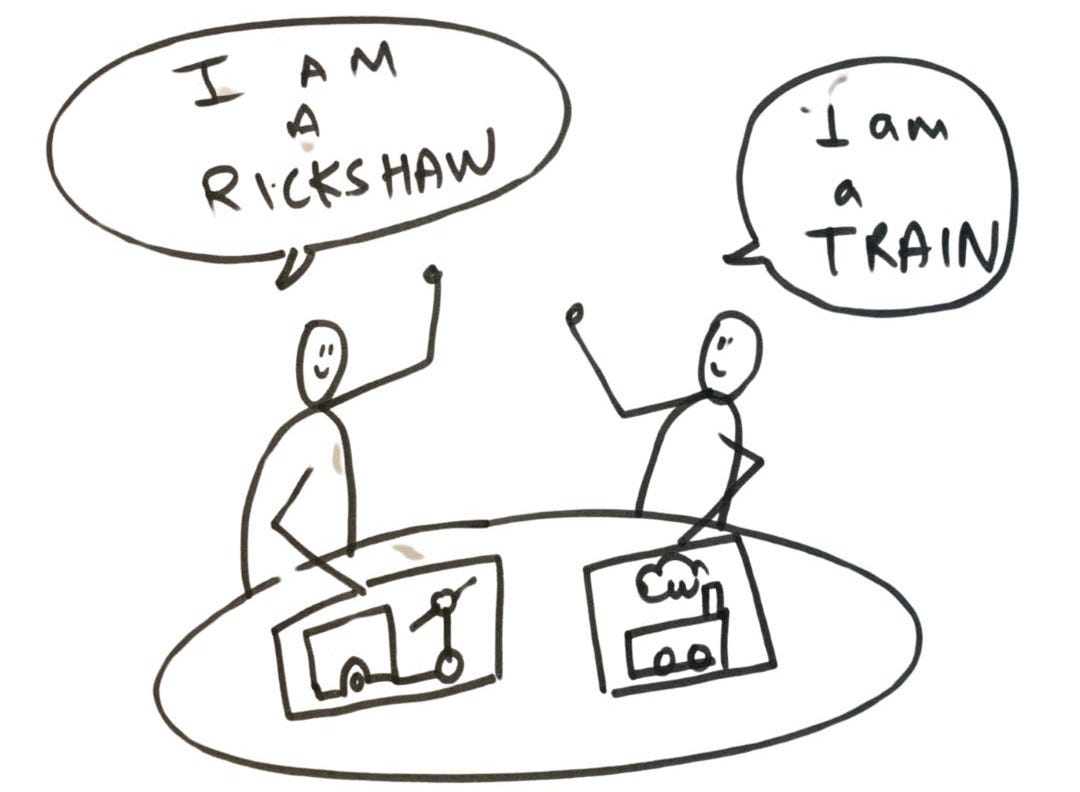
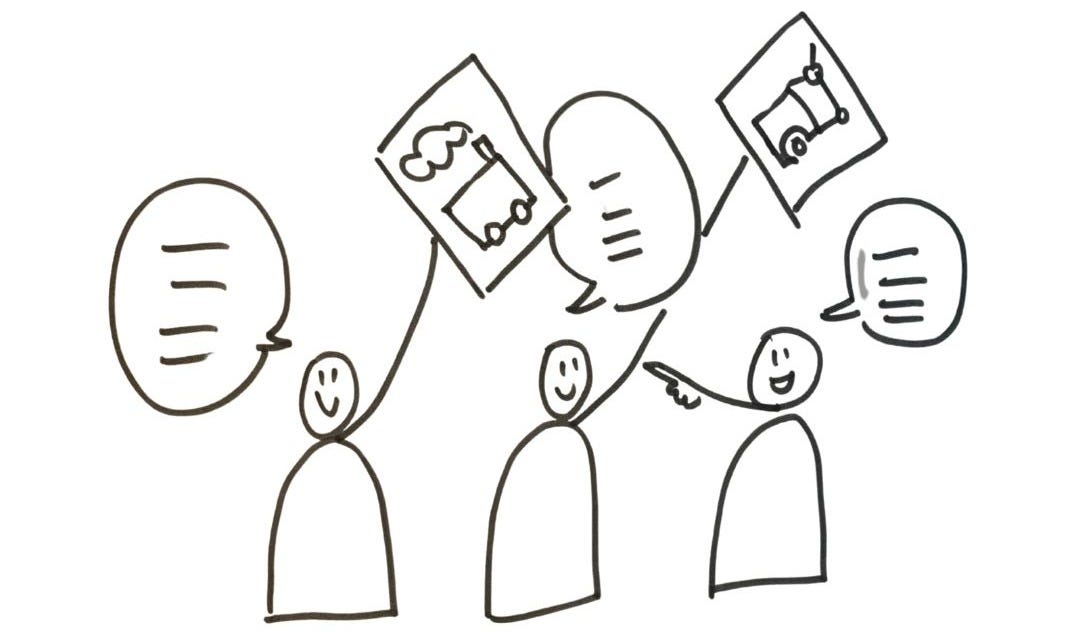
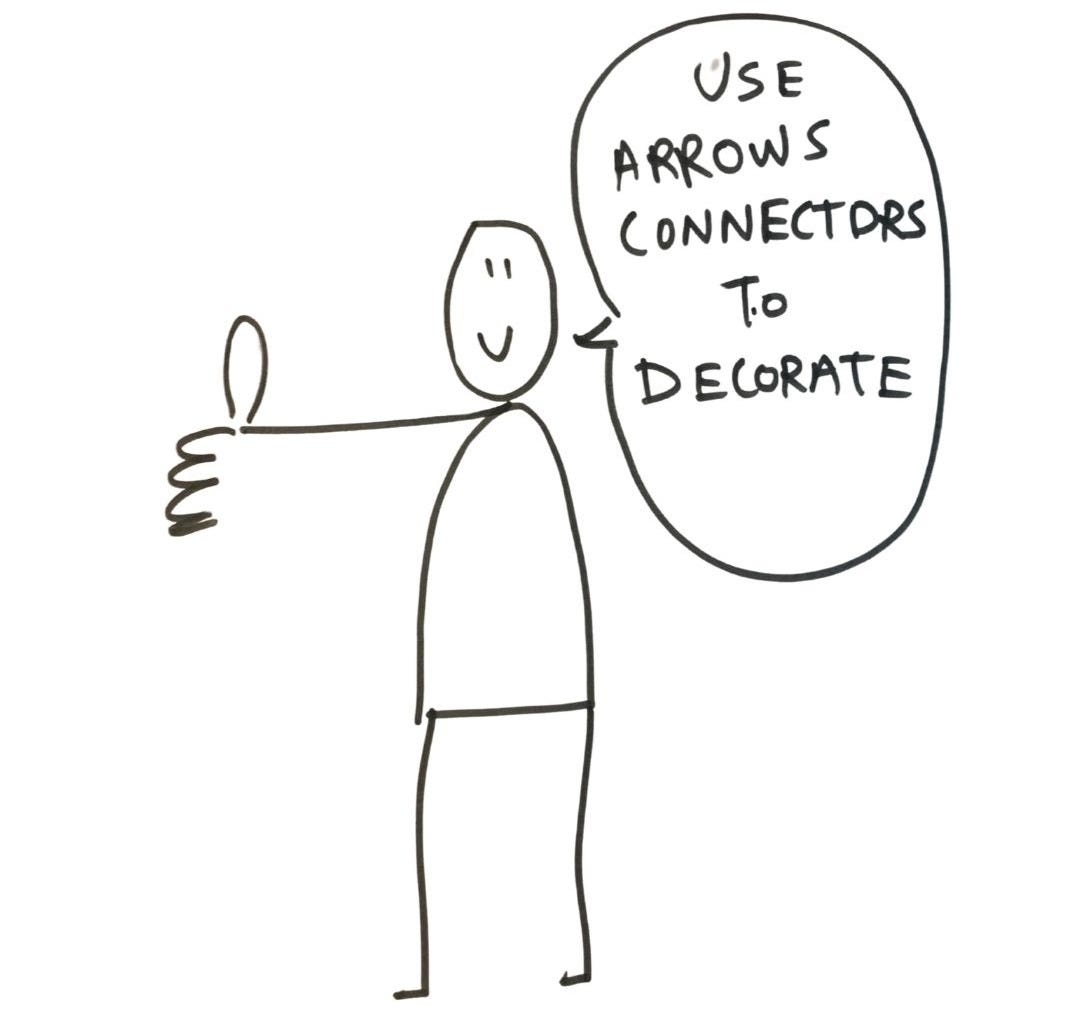
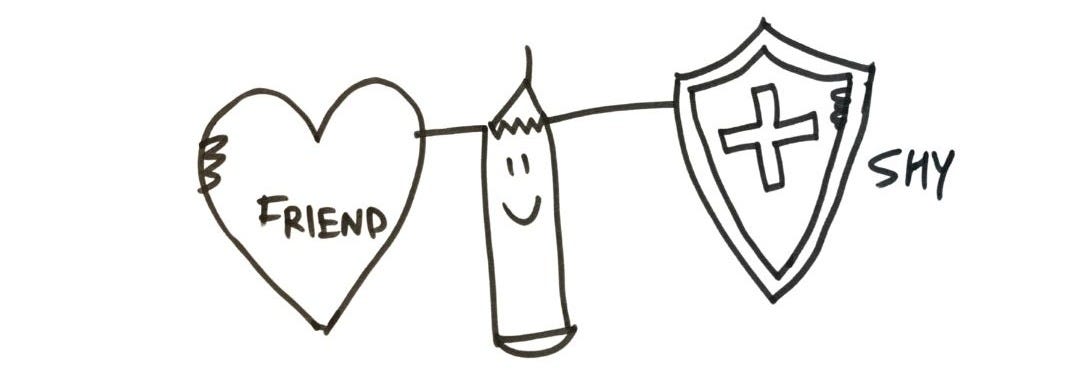

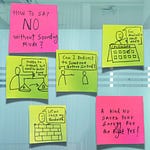
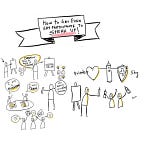
Share this post